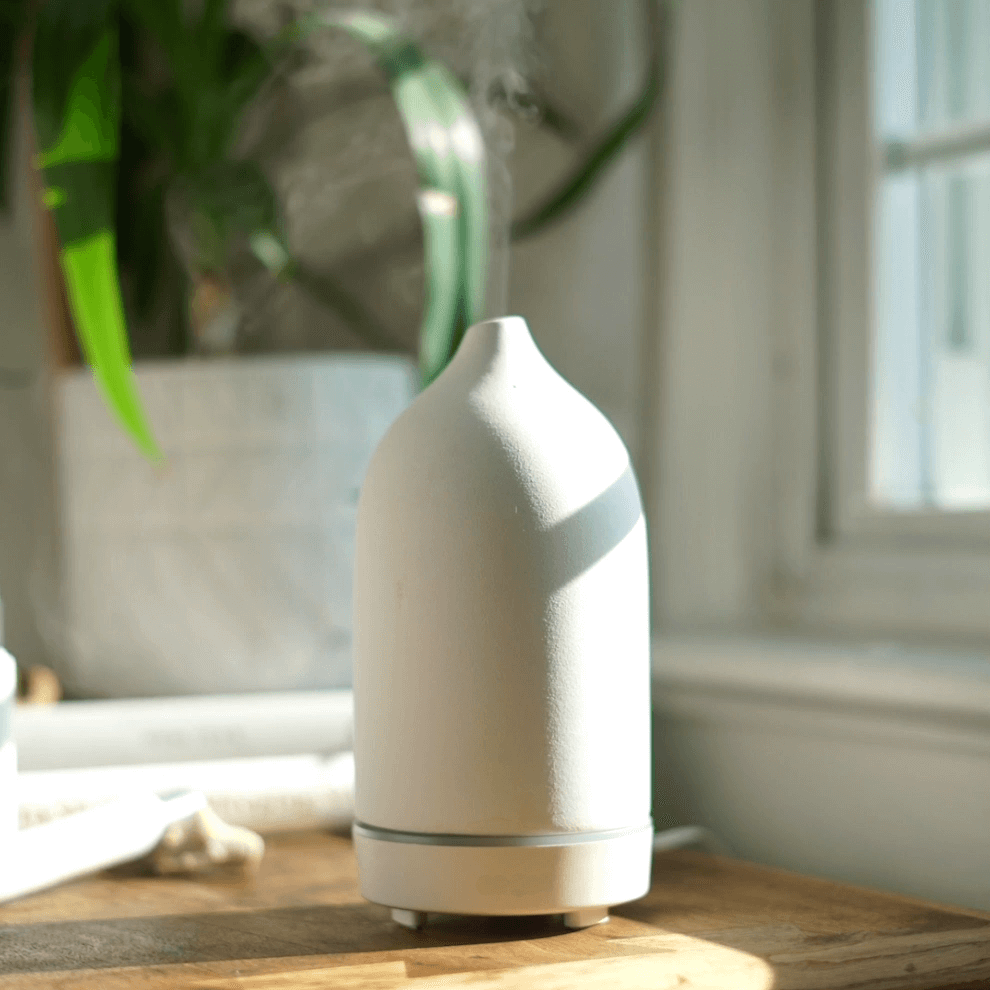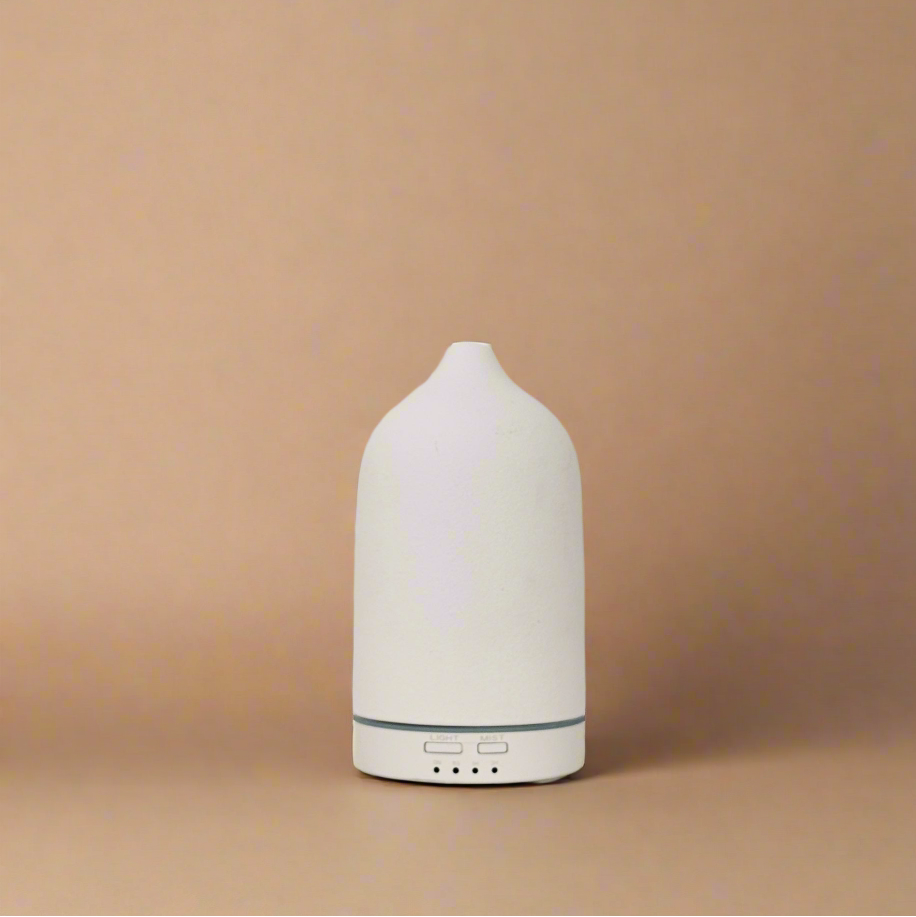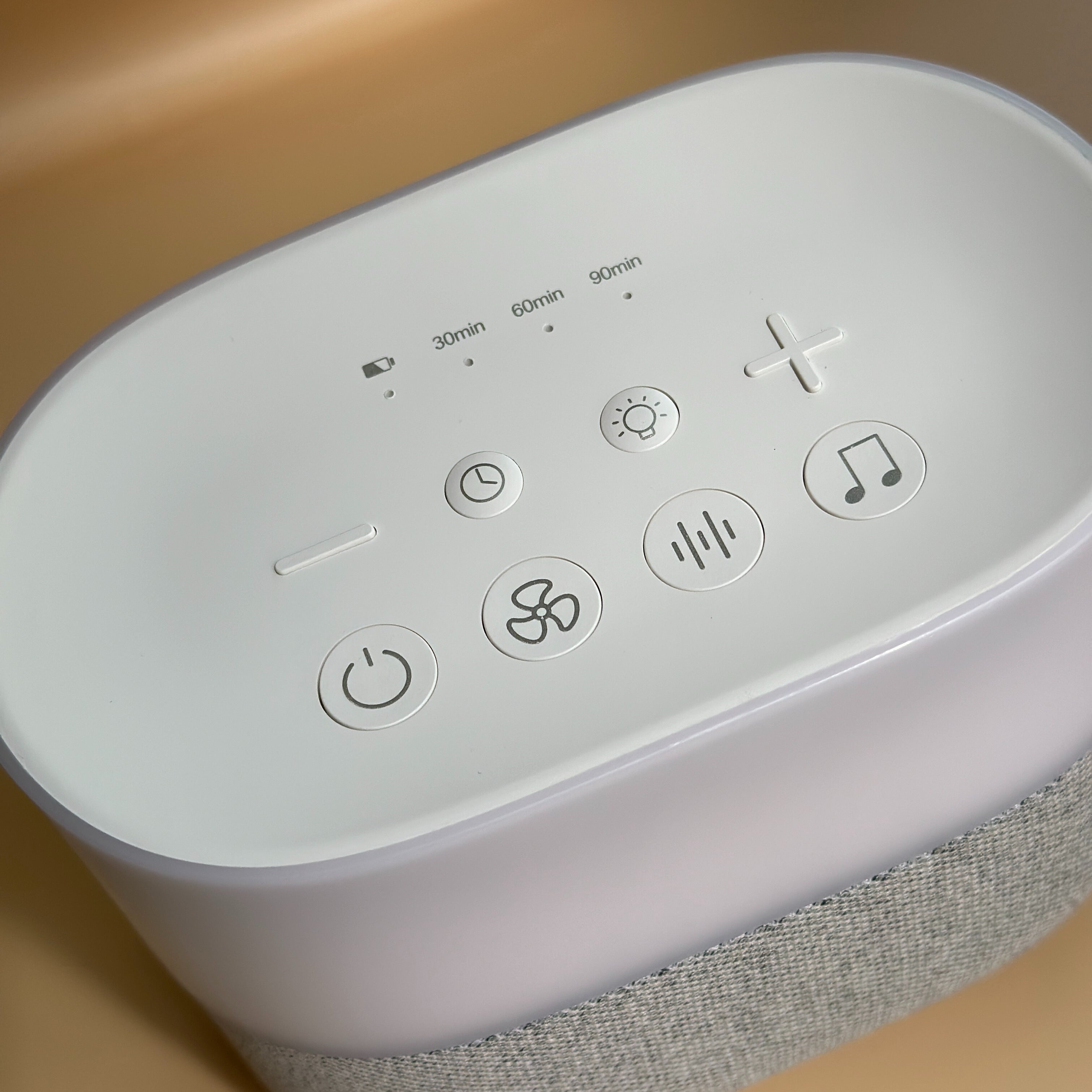
Navigating the world of baby sleep might seem impossible. But, for new parents, understanding when babies should nap and how long those naps should last is key to promoting healthy development. Let's try to unravel the mystery of baby nap schedules. Here are a few insights into ideal timings and durations for those precious moments of rest.
Newborn Nap Basics
During the first few weeks of life, newborns are like little sleep enthusiasts, clocking in around 16 to 18 hours of sleep per day. However, these sleep sessions are typically short and erratic, ranging from 30 minutes to a few hours. It's crucial to allow your newborn to nap frequently throughout the day, as their sleep-wake cycles are still developing.
Transitioning to a Schedule
As your baby grows, establishing a nap routine becomes essential. Around 3 to 4 months of age, infants start to develop a more predictable sleep pattern. At this stage, you can aim for 3 to 4 naps a day, with each nap lasting anywhere from 30 minutes to 2 hours. Pay attention to your baby's cues and try to establish a consistent nap schedule to foster a sense of security.
The Ideal Nap Duration
Understanding the optimal length of baby naps can be a game-changer. Generally, newborns and younger infants benefit from shorter naps, while older babies thrive with longer, more consolidated sleep periods. Naps ranging from 1 to 2 hours are considered beneficial for promoting overall well-being and aiding in cognitive development.
Reading Baby's Sleep Signals
Babies communicate their needs through cues, and deciphering these signals can help you determine when it's nap time. Signs of sleepiness may include rubbing eyes, yawning, or becoming fussy. Learning to recognize these cues enables you to respond promptly, ensuring your baby gets the rest they need.
Navigating Changes and Growth
As your baby continues to grow, their nap needs will evolve. Around 6 months, many babies start transitioning to 2-3 naps a day, and by the age of 1, they may be ready for just one longer afternoon nap. Flexibility is key, so pay attention to your baby's individual sleep patterns and adjust their nap schedule accordingly.
Establishing a healthy nap routine is a vital component of ensuring your baby's overall well-being and development. By understanding when babies should nap and how long those naps should last, you can create an environment that fosters optimal sleep and sets the stage for a happy, well-rested baby. Embrace the nap journey, tune into your baby's signals and watch as they flourish with the power of a good snooze.






